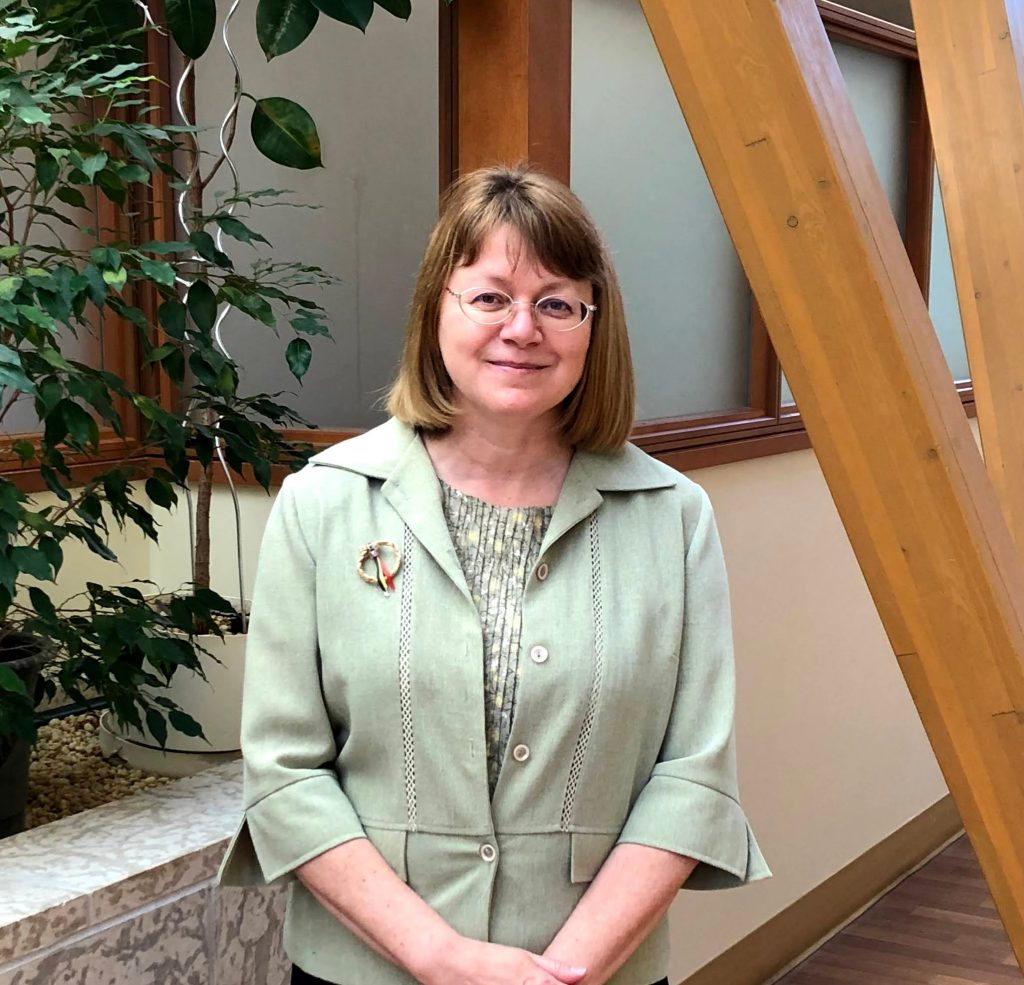Breast Cancer Awareness Month Profile: Dr. Margaret Anthes
by Caitlund Davidson
 Dr. Margaret Anthes, is a radiation oncologist at the Regional Cancer Centre.
Dr. Margaret Anthes, is a radiation oncologist at the Regional Cancer Centre.It’s Breast Cancer Awareness Month, and we’re highlighting staff at Thunder Bay Regional Health Sciences Centre who play a vital role in the breast cancer journey. From cancer screening to cancer treatment, there are hundreds of caring professionals that you will meet along the way. Today, we’re sharing a Q & A from Dr. Margaret Anthes, a radiation oncologist at the Regional Cancer Centre.
Describe your role.
I am a radiation oncologist and the Clinical Lead for Radiation Oncology at TBRHSC. Radiation oncologists treat cancer patients with radiation. There are many different types of cancer, however I have a special interest in treating breast cancer patients.
What does it take to be a radiation oncologist?
Most radiation oncologists have a university science degree, a medical degree, and specialty (residency) training in radiation oncology.
What is unique about your role?
I work as part of a team with other doctors including surgeons, medical oncologists, radiologists, pathologists, and other health care professionals like physicists, radiation therapists and nurses to treat cancer patients. Treatment is given for different reasons: to cure, to decrease the risk of relapse (preventative) or to help control symptoms (palliative). I then follow up with patients after radiation treatment for cancer surveillance and to monitor any symptoms.
What inspired you to work in cancer care?
I wanted to work with cancer patients and was interested in a field that combined my interests in medicine and math/physics. Radiation oncology seemed like the perfect choice.
How does your role impact patient care?
For breast cancer patients, radiation is given after surgery to decrease risk of cancer relapse in the breast. If cancer has spread to other parts of the body, radiation can be given to improve symptoms.